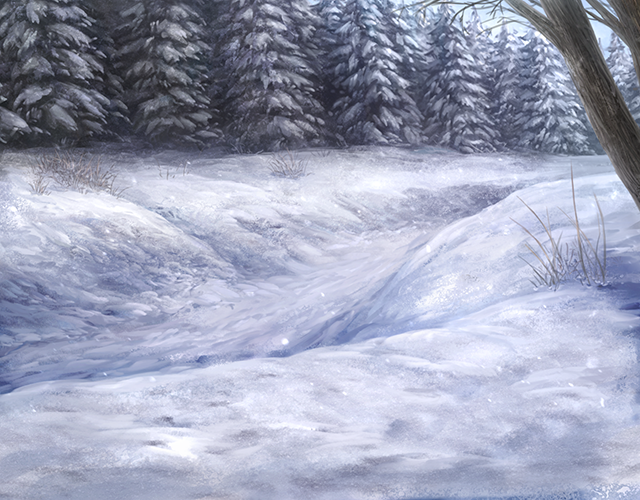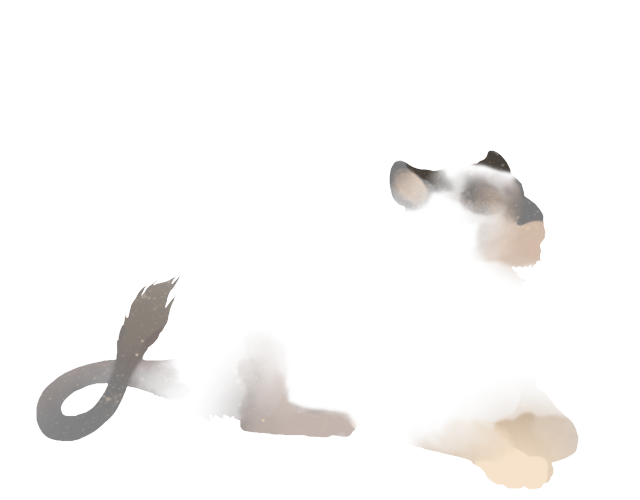Parker |Glacial |Special
"💝"
 |
 |
This lioness gave birth in the past two years. She is on a breeding cool down and will be breedable again in 3 real life days.
| Lion Stats | |||
| Experience |
7470 / 13310 (56%)
|
||
| Level | 12 | ||
| Strength | 27 | Speed | 25 |
| Stamina | 25 | Smarts | 34 |
| Agility | 33 | Skill | 1 |
| Born With: | Unknown | Total Stats: | 145 |
| Lion Currents | |
|---|---|
| Age | 9 years, 11 months old |
| Hunger |
0%
|
| Mood |
100%
|
| Sex | Female |
| Pose | Default |
| Personality | |
| Adult Stage |
|
Newborn Stage 100% Young Cub Stage 100% Cub Stage 100% Adolescent Stage 100% Adult Stage 60.897435897436% Elder Stage 0% |
| Breeding Info | ||||
|---|---|---|---|---|
| Father | Caishen (Deceased) | Mother | Caelum (Deceased) | View Full Heritage |
| Last Bred | 20 days ago | Fertility | Very Low (31%) | View All Cubs Bred (0) |
| Appearance | Markings | |
|---|---|---|
| Base | Glacial (Brown Skin) |
Slot 1: Sidereal Points (77%) Tier 3 Slot 2: Feline 6 Elysian (53%) Tier 5 Slot 3: White Socks (47%) Tier 1 Slot 4: Noctis Pelage (75%) Tier 2 Slot 5: Quartz Rims (24%) Tier 2 Slot 6: Cimmerian Panther (49%) Tier 2 Slot 8: Quartz Rims (23%) Tier 2 Slot 10: Cimmerian Trotters (81%) Tier 1 |
| Genetics | Black Light Countershaded Special | |
| Eyes | Blue | |
| Mane Type | Diabolic | |
| Mane Color | Wicked | |
| Mutation | None | |
| Marking Slots | ||
| Lifetime Hunting Results | |||||
|---|---|---|---|---|---|
| Total Hunts | 0 | Successful Hunts | 0 | Success Rate | 0% |
Memory Used: 721.42 KB - Queries: 28 - Query Time: 0.00843 - Total Time: 0.01375s
















